|
PM2.5 Particles
The particles on PM2.5 micrometer air samples are generally considered too
small for light microscopy to be of much value. That is not the
case. The dominant mass on these filters is often in the large particle
range, greater than half a micrometer. These particles are easily
seen with light microscopy and can often be identified as to their source.
The problem with applying the light microscope is generally the
skill of the microscopist and not the limitation of the instrument, but
there are important aspects of the analysis that are evident using the
light microscope that may not be easily recognized using other instruments.
Much of the particle loading on PM2.5 filters is often not on the surface of
the filter. Primary and secondary salts may form inside the
filter or on the back surface. These salts may include sodium chloride,
ammonium sulfate, sodium nitrate, aragonite (CaCO3), gypsum
(CaSO4-2H2O), and others. They may constitute the
majority of the mass captured by the filter in some environments.
An examination of the PM10 filter collected at the same time can provide
value information on the particle assemblages at the site and help
to distribute the submicrometer combustion products mass. This "assemblage
analysis" can be a very powerful tool in identifying the cause of an
abnormally high mass loading. What follows are a few examples.
Green River Wyoming
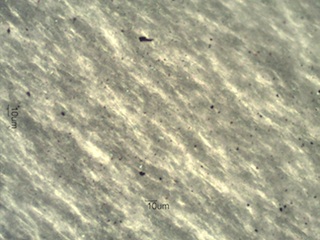
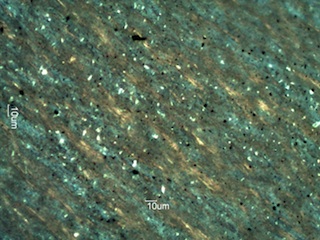
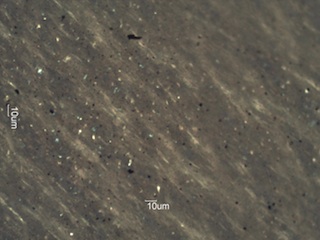
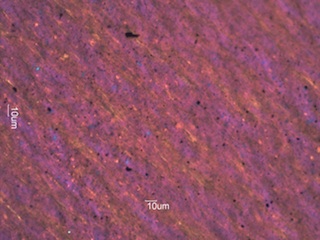
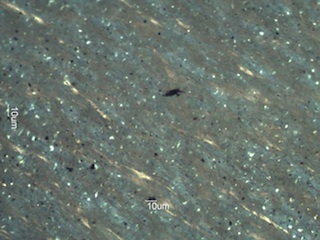
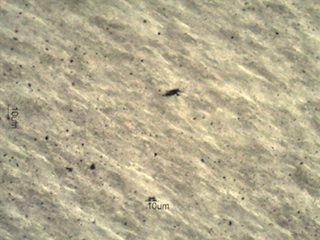
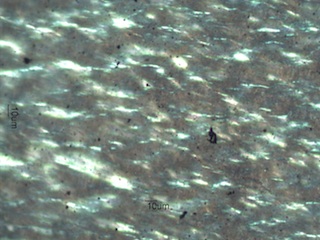
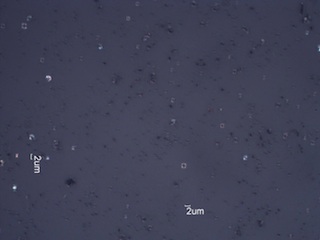
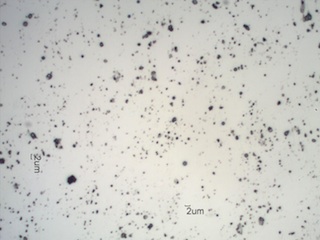
|